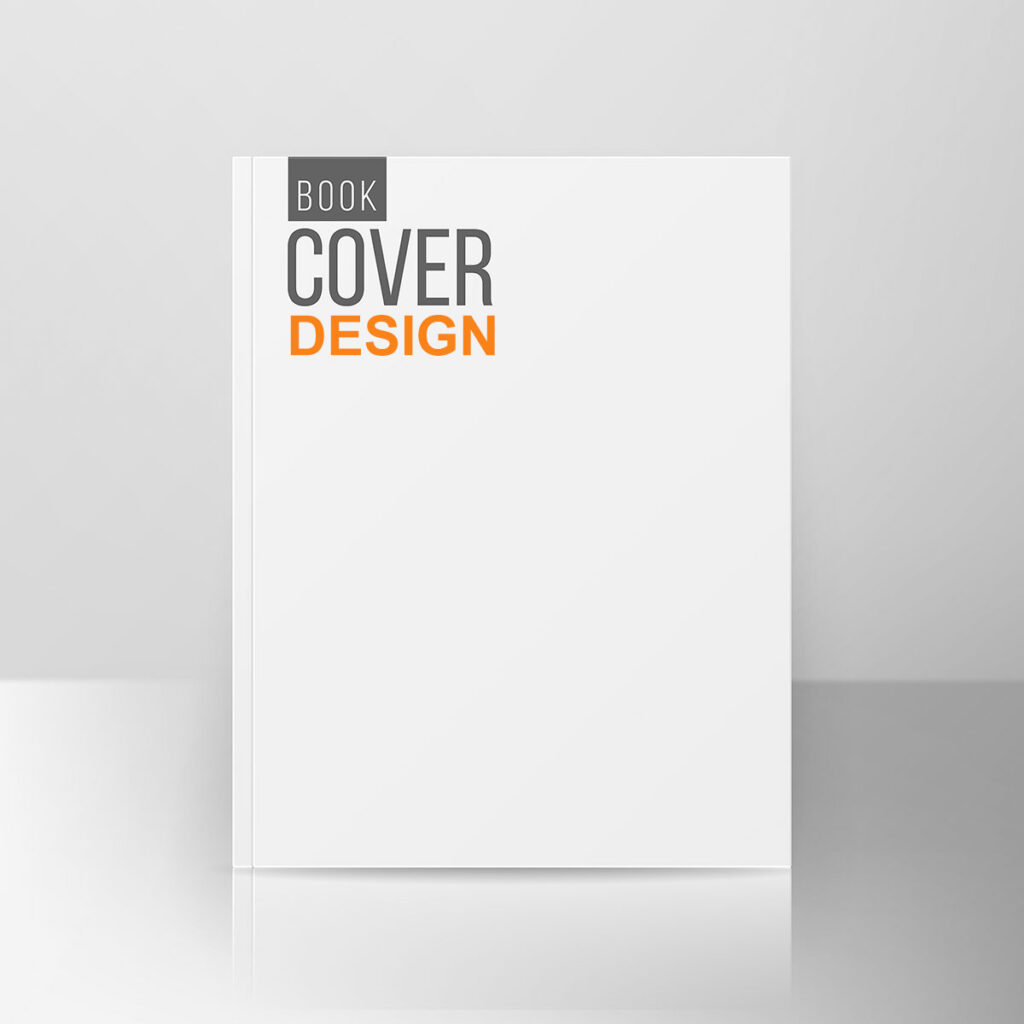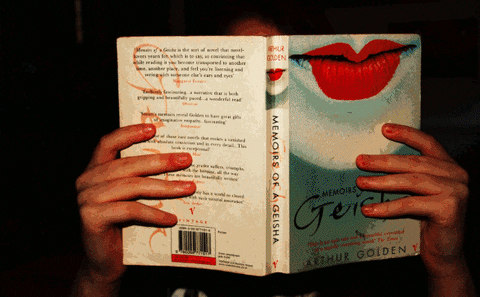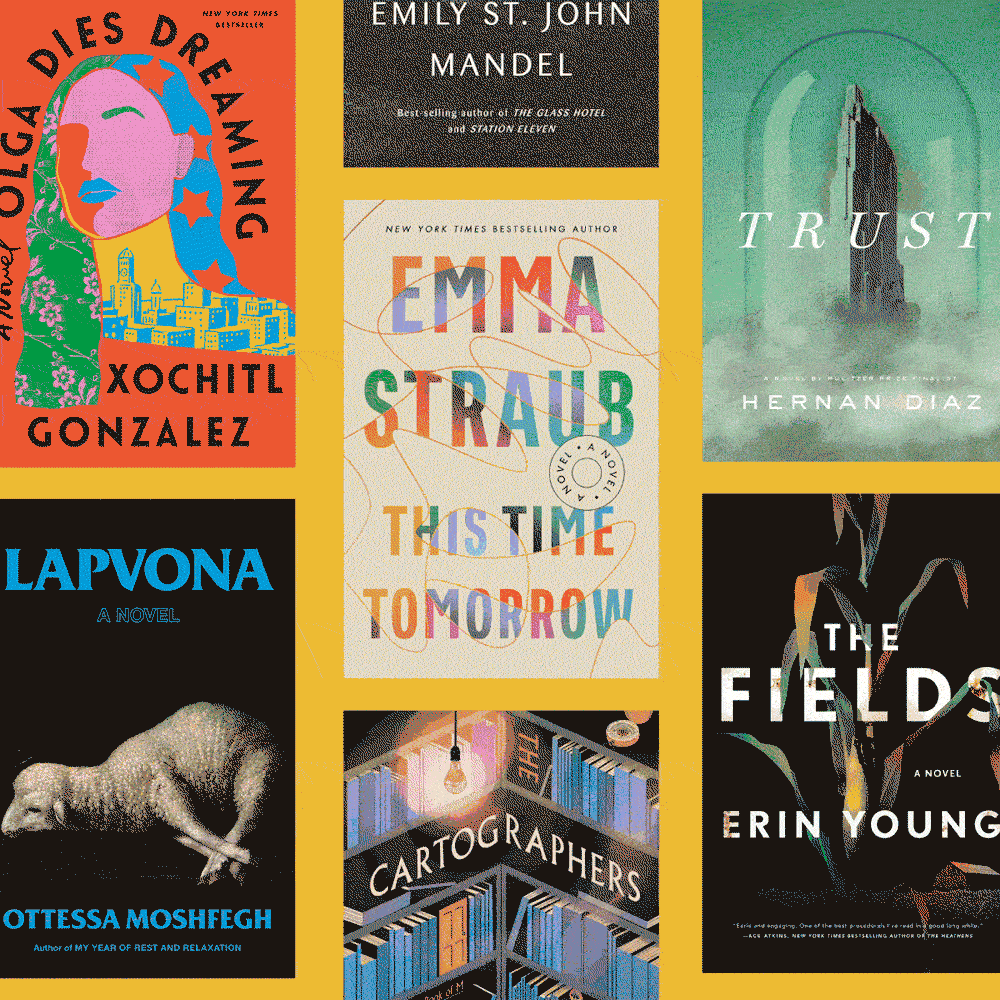If you’re a writer, you’ve probably heard of the importance of packaging.
It’s the idea that the way you present your work is just as important as the work itself.
While it’s often discussed in terms of marketing and book covers, packaging goes beyond that.
In fact, literary packaging can benefit your writing in a multitude of ways.
What is Literary Packaging?
At its core, literary packaging is the way in which a piece of writing is presented to its audience.
It includes everything from the cover design to the blurb on the back of the book.
But literary packaging also includes things like the font choice, the layout of the text, and even the paper quality.
The Benefits of Literary Packaging
So why should you care about literary packaging?
Here are just a few benefits:
1. Grabbing Attention
In today’s world, we’re bombarded with information.
Our attention spans are shorter than ever, and we’re quick to move on to the next thing.
Literary packaging can help your work stand out and grab the reader’s attention.
A well-designed cover or an intriguing blurb can make all the difference.
2. Establishing Genre
Literary packaging can also help establish the genre of your work.
If you’re writing a romance novel, for example, a cover with a couple embracing might signal to readers what they can expect from the story.
If you’re writing a horror novel, a dark and ominous cover can do the same.
3. Conveying Tone
The way your writing is packaged can also convey the tone of your work.
If you’re writing a lighthearted comedy, a bright and playful cover can signal that to readers.
If you’re writing a serious drama, a more somber cover might be more appropriate.
4. Enhancing the Reading Experience
Literary packaging isn’t just about attracting readers to your work.
It can also enhance the reading experience.
Choosing the right font, for example, can make your work easier to read and more enjoyable for the reader.
A well-designed layout can also make a difference, especially for longer works.
5. Increasing Perceived Value
Finally, literary packaging can increase the perceived value of your work.
If you’ve ever picked up a book with a beautiful cover and high-quality paper, you know what I’m talking about.
The packaging can make the reader feel like they’re getting something special, something worth investing their time and money in.
Tips for Effective Literary Packaging
So how can you make sure your literary packaging is effective?
Here are a few tips:
- Know your audience: Understand who your target audience is and what they’re looking for in a book. Use this knowledge to inform your packaging choices.
- Be consistent: Make sure all of your packaging choices are consistent with each other and with the content of your work. This will help establish a cohesive brand and signal to readers what they can expect.
- Invest in professional design: Unless you’re a professional designer yourself, it’s worth investing in a professional cover design and layout. This will ensure your work looks polished and stands out from the crowd.
- Don’t be afraid to experiment: While consistency is important, don’t be afraid to try new things with your packaging. A bold choice that pays off can help your work stand out and attract new readers.
- Research current trends: Take a look at current trends in book covers and packaging in your genre. This can give you an idea of what readers are currently responding to and help you make informed packaging choices.
- Keep it simple: Don’t overcrowd your cover or layout with too many elements. A clean and simple design can often be more effective in grabbing readers’ attention.
- Consider your title: Your title is an important part of your packaging. Make sure it’s clear, catchy, and relevant to your work.
- Test your packaging: Before finalizing your packaging choices, consider getting feedback from beta readers or other writers. They may have insights or suggestions you hadn’t considered.
- Stay true to your work: While literary packaging is important, it should never overshadow the quality of your writing. Make sure your packaging choices are true to the content of your work and don’t mislead readers.








